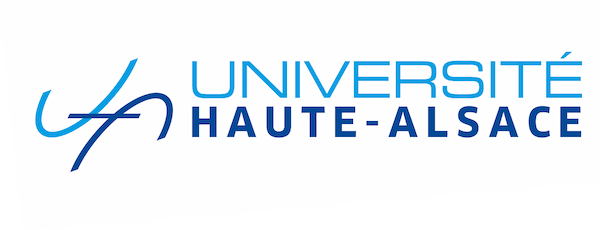Title : The Kaldor-Verdoorn Law at the Age of Robots and AI
Author(s) : Andrea Borsato, Andre Lorentz
Abstract : This paper contributes to the literature around the Kaldor-Verdoorn law and analyses the impact of robotisation on the channel through which the law shapes labour-productivity growth. We start with a simple evolutionary interpretation of the law that combines Kaldorian and Post-Keynesian arguments with the neo-Schumpeterian theory of innovation and technological change. Then we apply a GMM estimator to a panel of 17 industries in 25 OECD capitalist economies for the period 1990-2018. After elaborating on the general evidence of the Kaldor-Verdoorn law in the sample, we investigate the effect of increasing robotisation. The estimates suggest that for industries with a higher-than-average robot density, the increasing adoption of robots weakens, at least, the meso-economic channel that relates productivity growth to mechanisation. Yet, the higher degree of robotisation strengthens the mechanism that links labour productivity growth at the industrial level to the macro-level dynamic increasing returns to scale that emerge from a general expansion of economic activities through the many interactions between sectors. Such results are in agreement with the empirical literature that suggests different impacts from robotisation on the basis of the level of economic activity considered.
Key-words : Labour productivity, Kaldor-Verdoorn law, Robotisation, GMM
JEL Classification : J23, O33, O47.






